Haposeowon Confucian Academy (합호서원)
17.1 Km 4397 2022-08-18
262-6, Wonhapgang 1-gil, Yeondong-myeon, Sejong
+82-44-330-5832
Registered as Cultural Heritage Material, Haposeowon Confucian Academy is where the spiritual tablet of An Hyang, a respected scholar during the Goryeo period, is enshrined. The academy was founded in 1716 by the scholar's descendants, who held regular memorial services until a royal order to close down most seowon institutions was made in the late Joseon dynasty. In 1949, Haposeowon Confucian Academy was rebuilt as an affiliated institution with the consent of 218 local Confucian schools nationwide.
Lotte Himart - Sejong Branch [Tax Refund Shop] (롯데하이마트 세종점)
17.1 Km 0 2024-04-23
363, Galmae-ro, Sejong-si
-
Gapsa Temple (갑사)
17.3 Km 16096 2021-12-17
567-3, Gapsa-ro, Gongju-si, Chungcheongnam-do
+82-41-857-8981
Gapsa Temple is located in the forested foothills of Gyeryongsan Mountain, 19 kilometers from Gongju and a three-hour walk from Donghaksa Temple. The temple is most beautiful during fall when surrounded by crimson foliage. Gapsa Temple was established by monk Adohwasang in 420, during the early Baekje Period. The temple's beauty allowed it to escape destruction many times, but it was ultimately burned down during the Imjin War (1592-1598). The current structures were built in 1604. Nearby attractions include Yongmunpokpo Falls, Sujeongbong Peak, and Cheonjinbotab Pagoda.
Yeongpyeongsa Temple (영평사)
17.5 Km 8353 2021-11-01
124, Yeongpyeongsa-gil, Sejong-si
+82-44-857-1854
A branch of Magoksa Temple, which is the 6th local temple of the Jogyejong Order, Yeongpyeongsa Temple has six traditional buildings and three small hermitages. Janggunsan Mountain, where the temple is located, is small but full of energy. According to Feng Shui, the mountain is a perfect location for a temple because it is shaped like a dragon curled along the Geumgang River. Yeongpyeongsa is a tranquil place that captures the purity of the temple’s Buddhist practice, with fresh air and clean water that offer a habitat for fireflies, crawfish, and black snails. On the way in, visitors are greeted by a multitude of wildflowers vying for their attention: the columbines and the prairie crocuses in spring, the white lotuses in summer, and the Siberian chrysanthemums in autumn.
Sangsoo Herb Land (상수허브랜드)
17.7 Km 69094 2020-07-10
18, Buyongoecheon-gil, Seowon-gu, Cheongju-si, Chungcheongbuk-do
+82-43-277-6633
Sangsoo Herb Land is an arboretum which houses 1,000 species of herbs throughout its 82,645㎡ (25,000 pyeong) area. The glass greenhouse, spanning over 9,917㎡ (3,000 pyeong), keeps herbs fresh and green, even in the winter season. Herb Land is well-known for their flowers that bloom year-round, as well their diverse events including the Herb Land Festival held in May each year, wedding ceremonies, banquets, hands-on program classes, and more.
Sangsoo Herb Land provides a wide array of programs for visitors. The major event is the Herb Land Festival, aiming to spread knowledge on the use of diverse herbs, including introducing the aromatic value of herb plants in landscaping and as a natural insecticide, as well as the health benefits of herbal foods. Participants can take part in seminars and hands-on activities to learn more about herbs.
The banquet room on the second floor can accommodate large groups for events, serving excellent herb dishes at reasonable prices. An outdoor wedding service surrounded by beautiful gardens is also available.
Munui Cultural Properties Site (문의문화재단지)
17.7 Km 19528 2022-12-27
721, Daecheonghoban-ro, Sangdang-gu, Cheongju-si, Chungcheongbuk-do
Munui Cultural Properties Site, overlooking the Daecheongho Lake, attracts many visitors. The site was created to preserve and promote the local traditional culture of Cheongwon (Chungcheongbuk-do); it is a great place to learn about local history, culture, and arts.
The spacious complex (132,232m²) is a home to ten traditional houses (Munsangwan, aristocrat houses, a museum, and a tavern), showing a form of a traditional village. It is also full of dolmen stones (symbolizing abundant procreation), Jangseung (totem poles at the entrance of villages or temples), and Yeonjabanga (millstones worked by horses or oxen), providing visitors with opportunities to learn about traditional culture and life.
With a theme of roof tiles, a relics gallery in the complex boasts over 774 local items, categorized by historical period (e.g. the Silla Period, Baekje Period, etc.). Munsan-ri Stone Bridge, believed to have been built during the Goryeo Period, was restored in front of the gallery.
The complex also offers a wide array of amenities including mineral spring sites, playgrounds, and Munui Movie Village (a drive-in movie theatert). Nearby notable attractions include artificial falls, Yangseongsan Mountain, Jakdusan Mountain, Daecheongho Lake, Nosan Pine Forest, Donghwasa Temple, and Bugang Mineral Springs.
Gyeryong Musangsa Temple (무상사(계룡))
17.7 Km 11271 2023-04-13
129, Hyangjeoksan-gil, Gyeryong-si, Chungcheongnam-do
+82-42-841-6084
Musangsa Temple is an international Zen Temple exclusively for foreigners. The temple aims at promoting Korean Zen Buddhism among foreign monks and nuns while encouraging non-Buddhist priests and religious leaders to experience Zen. Twice a year (once in the summer and once in the winter) a 3-month program is held for foreign monks and nuns to come and practice Ganhwaseon, a type of Zen Buddhism. Travelers and other foreigners are also welcome to participate in shortened versions of the program, which are typically one week in length. During meditation/program periods, public visits are limited. The temple’s yearly schedule is divided into three sections with the last section providing various events and programs including weekend events and workshops. The temple also offers temple stay and other programs run in both Korean and English.
Gapsagyegok Valley (갑사계곡)
17.8 Km 58634 2024-02-21
519 Gapsa-ro, Gyeryong-myeon, Gongju-si, Chungcheongnam-do
Gapsagyegok Valley is a valley located on the northwest slope of Gyeryongsan Mountain in Gongju-si. With moderate temperatures even in summer, it is suitable as a recreational area, while the autumn foliage adds to its beauty. At the entrance lies Gapsa Temple, a Buddhist temple with various cultural assets, offering insights into Korean Buddhist culture. Within the valley, visitors can enjoy forest walks and view attractions such as the Yongmunpokpo Falls.
Sangso-dong Forest Park (상소동 산림욕장)
17.8 Km 30537 2022-12-26
San 1-1, Sangso-dong, Dong-gu, Daejeon
+82-42-251-4771
Sangso-dong Forest Park is located at the point where the foothills of Maninsan Mountain and Sikjangsan Mountain meet. The road to the park is beautifully lined with sycamore trees. The park offers various facilities for enjoying nature and in particular, the stone pagodas placed throughout the park are a must-see. Visitors can stack their own rocks and make wishes relating to family, health, relationships, and more. The park is great for walks, hikes, or even just to relax as wild flowers bloom all throughout spring to fall.
Jangtaesan Recreational Forest (장태산자연휴양림)
18.0 Km 24014 2022-12-26
461, Jangan-ro, Seo-gu, Daejeon
+82-42-270-7883
Jangtaesan Recreational Forest consists of a dense forest of ginkgo trees and bald cypress. Lush valleys nearby make for a great getaway during summer vacation. Yongtaeul Reservoir, located at the entrance, gives beautiful views as well. Inside the natural recreation forest, various facilities including walking paths, physical activity facilities, a botanical garden and bare-foot walking paths are available for visitors.
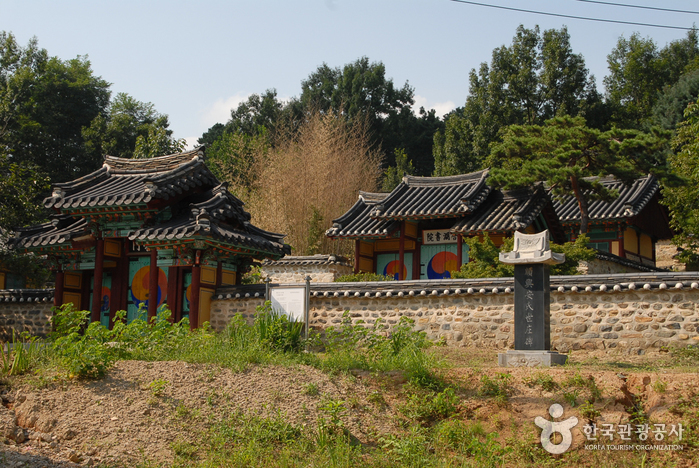
![Lotte Himart - Sejong Branch [Tax Refund Shop] (롯데하이마트 세종점)](http://tong.visitkorea.or.kr/cms/resource/79/2883179_image2_1.jpg)
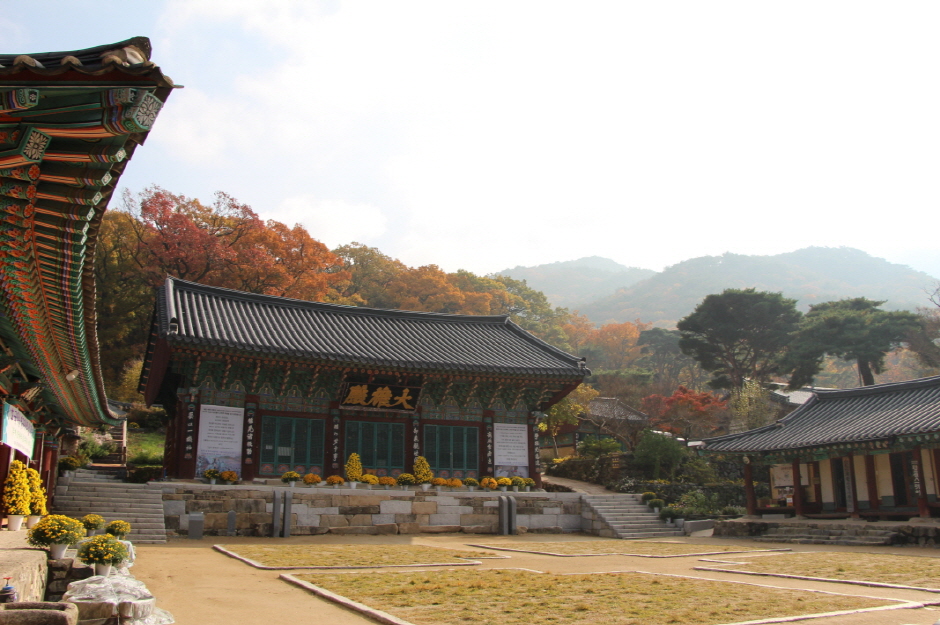
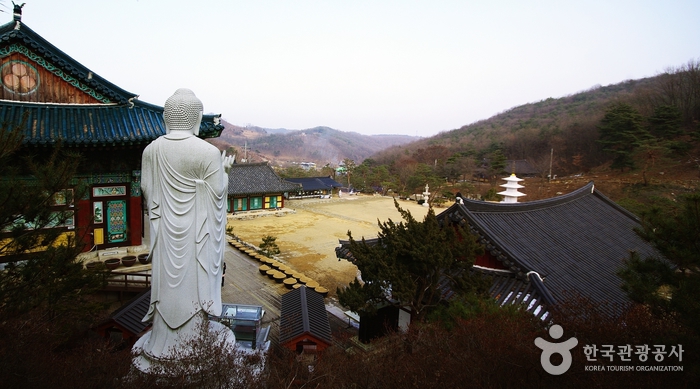
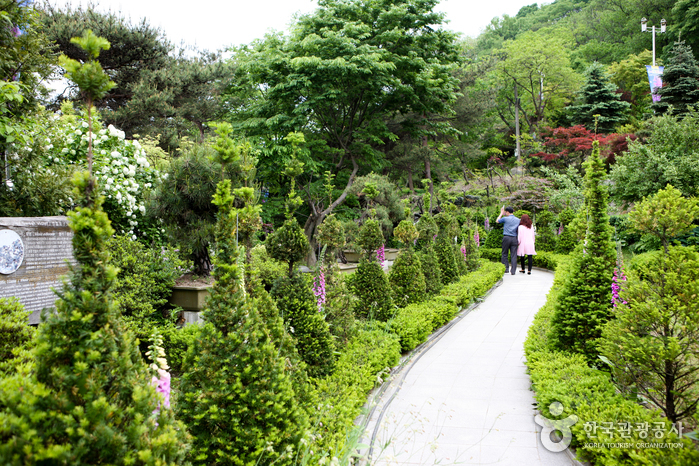

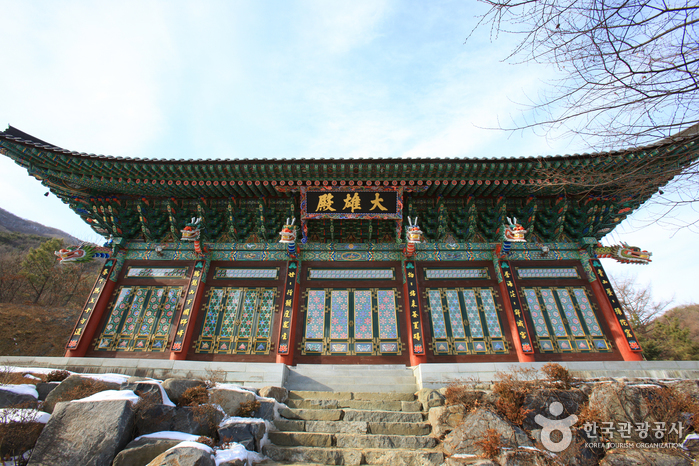
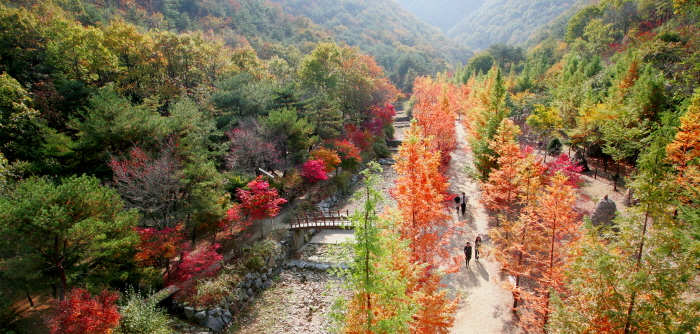
 English
English
 한국어
한국어 日本語
日本語 中文(简体)
中文(简体) Deutsch
Deutsch Français
Français Español
Español Русский
Русский